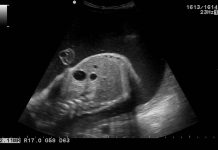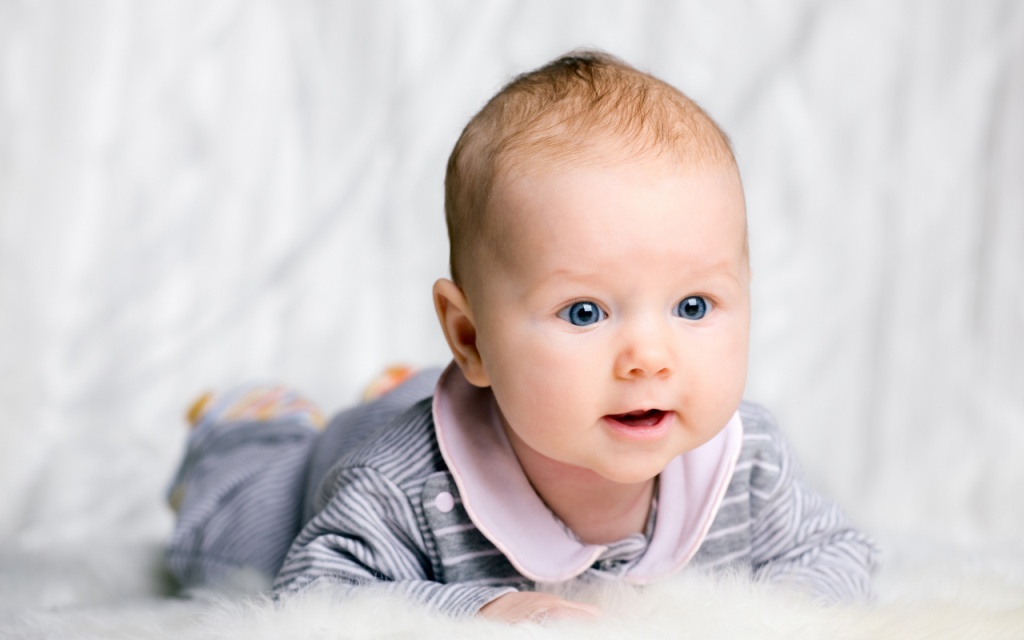Summer is definitely a time to be weary of. It is hard on everyone, especially on your little ones. Kids are more prone to heat injuries in the summer months. Heat injuries are caused by prolonged exposure to heat and humidity without relief. Inadequate intake of fluids by your kid can also result in heat injuries.
In its most severe form heat injury can manifest itself in the form of heat strokes. You kid is more vulnerable to heat injuries due to lesser number of sweat glands. Kids are also slower in adapting to rise in heat and humidity.
What is Heat Stroke?
Heat stroke is the most severe form of heat injury that can affect your child. It can lead to damage to the brain and other vital organs. In very severe cases it can even lead to death. It can affect your child more because kids are more susceptible to heat injuries. In general, heat stroke occurs as a progression from milder heat related illnesses such as heat cramps, heat exhaustion, and fainting. However, heat stroke can strike your child even without any previous signs of heat injury. Heat stroke results from prolonged exposure to high temperatures coupled with dehydration leading to the failure of your kid’s temperature cooling system. It is generally indicted by a marked rise in the core body temperature. It can be as high as 104ºF.
What are the Signs and Symptoms of Heat Stroke?
The most notable sign of heat stroke is a core body temperature of your baby above 104ºF. However, the first sign to look for may be fainting.
Listed below are some of the other symptoms to look for in your baby to determine a case of heat stroke.
- Sudden throbbing headache
- Sudden complaining of feeling dizzy and light-headed
- Lack of sweating despite the heat
- Muscle cramps and weakness
- Inability to stand due to weakness and light-headedness
- General lethargy
- Stupor
- Nausea and vomiting
- Rapid heartbeat – either strong or weak
- Rapid and shallow breathing
- Inability to swallow fluids
- Red, hot, and dry skin
- Confusion, disorientation, and babbling
- Seizures
- Unconsciousness
How can Heat Stroke in Children be Treated at Home?
You need to remember that heat stroke is a potentially fatal heat related illness. Treatment at home is not enough. Your child needs immediate medical attention if he or she is showing the symptoms of heat stroke.
However, there are some measures you can take at home to cool your kid before you can reach the emergency room.
- Move your child to a cool and shady place
- Call the emergency medical service immediately
- Remove and loosen any excess clothing from your child’s body.
- Drench or sponge the body with cool water and fan skin to try lower the body temperature
- Place ice packs on the armpits and groin area
- If your child is alert and able to drink, provide cooling drinks which contain essential electrolytes
The best treatment however, is to get professional medical assistance as early as possible. You need to remember that heat stroke can be fatal if not treated immediately.
How Can I Help Prevent my Kid from Suffering from Heat Stroke?
Listed below are some general guidelines that can help protect your child from heat related illnesses including heat stroke.
- Make sure your child is dressed in light colored, tightly woven, leightweight, loose fitting clothing on hot and humid days. Especially when they are likely to be outdoors for prolonged periods of time
- Make sure your child drinks plenty of fluids. It is especially recommended on days when there are sure to be vigorous and prolonged outdoor activities.
- Avoid drinks with sugary and caffeine as these are more likely to cause dehydration
- Schedule vigorous activity and sports for cooler times of the day. Encourage frequent rest periods in shady or cool areas.
- Makes sure your child is protected from the sun and wears a hat and sunglasses, and uses an umbrella. Use a sunscreen that is at least SPF (sun protection factor) 15.
- Teach your child to wear a hat and stay in the shade whenever possible. Also, do not forget to teach him or her to carry a water bottle at all times when going out
- Do not leave your children in parked cars, even if you have parked in a shady place. Always lock your car after parking so that your kids are unable to get inside on their own.
- Increase time spent outdoors gradually to get your child’s body used to the heat. Remember, children take longer to get acclimitized to heat and humidity.
- Teach children to take frequent drink breaks and “wet down” or mist themselves with a spray bottle to avoid becoming overheated.
- Teach your child to warm-up and cool-down before and after exercising. This will help his or her body from getting excessively heated up at a sudden pace
- If your child has a medical condition or is taking medicine, consult his or her doctor for further advice for preventing heat-related illnesses
- Discourage outdoor playtime and outings on hot and humid days. In stead, plan a fun day for your kid and his or her friends inside the house. This way they are less likely to get exposed to the relentless summer sun.
- Keep your home cool and airy by keeping the windows open to let fresh air in. This will avoid your home becoming stuffy and hot which can lead to heat related injuries.
Conclusion
Summer months are definitely hard. It is harshest on your little ones who are less equipped to deal with the rise in the temperature and humidity. However, by following the above lifestyle changes and habits you can help prevent heat illnesses from affecting your little one. In case your child does get affected with heat stroke the best thing to do is get proper medical attention at the earliest. Do not delay or stave off professional medical treatment in the case of heat stroke. It could be fatal for your kid.













